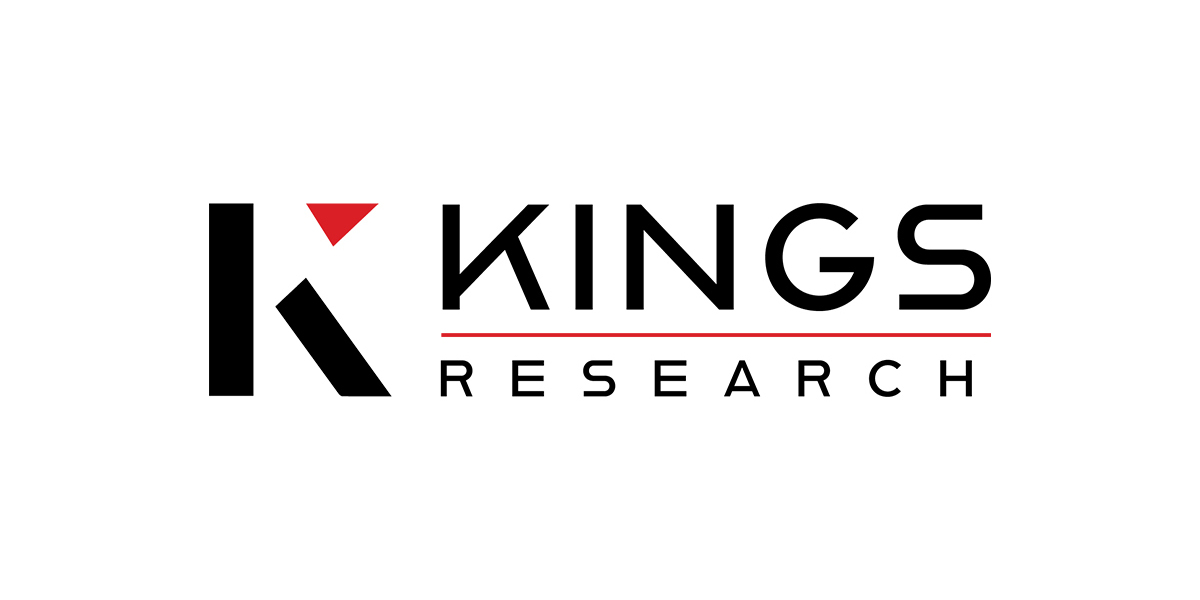The term 'inclusivity' goes beyond mere accessibility; it encompasses creating digital spaces that cater to the diverse needs of users, ensuring that everyone, regardless of ability, can access and use websites seamlessly. In the modern era, inclusivity has emerged as a pivotal aspect of medical website designs.
The significance of website design in the medical field cannot be overstated. Just because patients actively seek health information online these days, a well-designed medical website serves as a gateway to information, services, and even critical healthcare interactions.
In this article, we will delve into the critical importance of inclusivity in the web designs of the healthcare sector.
Let’s get started:
Why does inclusivity matter in medical web designs?
Here is why inclusivity matters in web designs:
Accessibility and User Experience
Accessible design is the cornerstone of inclusivity in medical websites. The healthcare sector serves a diverse population, including individuals with varying abilities and disabilities. Designing websites that are accessible ensures that individuals, irrespective of physical or cognitive constraints, can easily navigate and derive value from online healthcare resources.
Inclusive design extends beyond meeting accessibility standards; it directly influences the overall user experience. When medical websites prioritize inclusivity, users feel acknowledged and valued. This positive experience fosters trust and encourages individuals to engage more actively with the content and services offered.
Emphasizing legal and ethical aspects is crucial when addressing inclusivity in web design. With regulations such as the Americans with Disabilities Act (ADA) in the United States and similar laws worldwide, there is a legal imperative for medical websites to be accessible. Ethically, ensuring that healthcare information is equally available to all reflects a commitment to equitable healthcare provision.
Patient Engagement and Trust
Trust is a fundamental element in the patient-doctor relationship, and the same holds true for online interactions. Inclusive design builds trust by sending a clear message that a medical institution values all patients, regardless of their backgrounds or abilities. Trust is the foundation upon which patient engagement and cooperation thrive.
Patient engagement is a key metric for successful healthcare outcomes. Accessible features, such as easy navigation, readable content, and inclusive multimedia, enhance patient engagement. When patients can effortlessly access and comprehend medical information, they are more likely to actively participate in their healthcare journey.
Examining real-world case studies sheds light on the concrete advantages of incorporating inclusive healthcare website design. Instances where healthcare institutions have embraced inclusivity and witnessed improvements in patient engagement, and trust serve as compelling examples for others in the industry.
Diverse Patient Demographics
Healthcare consumers represent a kaleidoscope of diverse backgrounds, cultures, and languages. Recognizing and understanding this diversity is crucial for designing medical websites that resonate with a broad spectrum of users.
Tailoring website designs to cater to different cultural backgrounds goes beyond mere translation. It involves integrating culturally relevant imagery, content, and practices to create an inclusive online environment that transcends cultural barriers.
Language barriers often hinder effective communication in healthcare. The inclusive design addresses this challenge by incorporating multilingual features, ensuring that vital medical information is accessible to individuals whose primary language may not be the predominant one in a given region.
Compliance with Regulations
Understanding web accessibility standards is imperative for compliance. In healthcare, adherence to guidelines such as the Web Content Accessibility Guidelines (WCAG) ensures that medical websites are not only inclusive but also legally compliant.
The consequences of non-compliance with accessibility standards can be severe, ranging from legal repercussions to reputational damage. A commitment to inclusivity is not just a moral obligation but a strategic imperative in a landscape where legal scrutiny is increasing.
Practical tips for ensuring inclusivity in line with regulations include regular accessibility audits, user testing with individuals of diverse abilities, and staying abreast of evolving accessibility standards to adapt designs accordingly.
Improved Communication
Clear communication is the bedrock of effective healthcare provision. In medical website design, clarity extends beyond the written word; it encompasses visual elements, multimedia, and interactive features that facilitate seamless communication.
Patients with communication challenges, such as those with speech or hearing impairments, require specialized features. The Inclusive design addresses these needs, incorporating features like sign language interpretation videos, easy-to-read text, and alternative communication methods.
Multimodal communication strategies, combining visual, auditory, and interactive elements, ensure that websites cater to users with diverse communication preferences. This approach not only enhances inclusivity but also improves the overall user experience.
Empowering Patients with Disabilities
Empowering users with disabilities involves going beyond basic accessibility. Features such as voice command functionalities, customizable interfaces, and intuitive navigation significantly enhance the online experience for individuals with disabilities.
Highlighting real-world examples of medical websites that have successfully empowered users with disabilities underscores the positive impact of inclusive design. These examples serve as inspiration for other healthcare institutions seeking to enhance their digital inclusivity.
User testimonials and feedback provide invaluable insights into the lived experiences of individuals with disabilities interacting with medical websites. Sharing these stories not only emphasizes the positive outcomes of inclusive design but also fosters a sense of community and shared understanding.
What are the future trends in inclusive healthcare website design?
The future of inclusive web design is intertwined with technological advances. Innovations such as voice recognition, AI-driven personalization, and virtual reality hold the promise of transforming the online healthcare experience for users with a variety of requirements.
Adapting to changing demands involves staying ahead of the curve. As medical technology evolves, so do user expectations. Anticipating these changes and proactively incorporating inclusive design elements ensure that medical websites remain relevant and effective.
AI and machine learning play a pivotal role in enhancing inclusive design. From personalized content recommendations to automated accessibility checks, these technologies can be employed to develop websites that are both dynamic and user-centric.
Final Thoughts
In conclusion, the journey towards inclusive medical website design is not just a technological imperative; it is a commitment to the principles of equity, dignity, and respect in healthcare. As we navigate the intricacies of accessibility, patient engagement, diverse demographics, compliance, communication, and empowerment, it becomes evident that inclusivity is the keystone for a healthcare future where everyone, regardless of their abilities or background, can access and benefit from digital healthcare resources.








